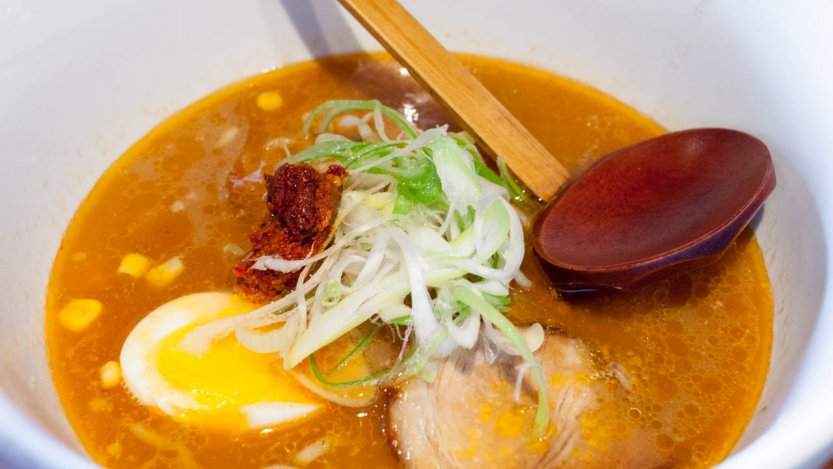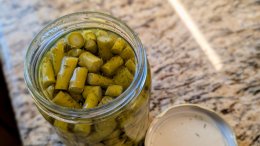“Irasshaimase!” the owner bellows every time the door slides open. No matter if the door is in Hakata, Tokyo, Wakayama or anywhere else in Japan, the welcome, bidding patrons to sit and enjoy their meal, is faultlessly passed to every customer who walks through the doors and plants themselves at the counter for a bowl of ramen.
In the same manner, one may think that noodles are just flour, water, eggs and salt; uniform and ubiquitous as the greeting, both of which are consistently found no matter which shop one wanders into across the entire country.
Unexpected from its simplicity, ramen is taken very seriously in Japan, where there are TV shows, game shows, movies, animations, even comics made about the subject of making and eating ramen. Good ramen is elevated to national acclaim, mediocre ramen is openly sneered at, and bad ramen is nearly unheard of.
Good ramen, the kind which draws endless lineups and TV shows consists of 3 main components: the toppings, which vary wildly and have very few rules governing them; the noodles, the texture being absolutely crucial; and the broth, which creates the foundation for the entire dish.
Toppings
Ramen toppings often reflect the character of the region. Ramen from the island of Kyushu often has a distinct mix of garlic, pickled ginger, sesame and pickled mustard greens. The Tokyo style ramen commonly contains sliced egg, lots of chopped scallions and bamboo shoots. Sapporo ramen on the northern island of Hokkaido uses its famous crab with sweet corn and bean sprouts and famously topped with a pat of butter to fight off the snowy winter cold.
Noodles
Regardless of the shop or style, the noodles are the critical component to a great bowl of ramen. Noodles need to be slightly firm and springy, often using alkaline mineral water to ensure resistance to limpness from being immersed in broth, allowing just the right amount of flavour and air to adhere to the noodle, heightening the flavours as you slurp the noodles, and providing the right amount of chew.
Many will say that ramen tastes best within five minutes of being served. Ramen noodles can be straight or slightly wavy depending on what part of Japan they’re from.
It is also interesting to note that there are two (sometimes three) camps espousing “the best noodle” in Japan. Soba (buckwheat noodle) and udon (thick wheat noodles) are considered distinctly different from ramen. Divisions in the ramen-vs.-soba-vs.-udon battle are common, with one picking allegiances early and almost never defecting to the enemy camp.
Broth
The final component to a great bowl of ramen is the broth. Broths vary across the country, almost as much as the toppings, but generally following the rule of being heavy and rich in Hokkaido and becoming lighter towards the island of Fukuoka.
The foundation of ramen broth can be made from one or a combination of pork bones, chicken bones, fatty meat, konbu (sea kelp), vegetables or fish and shellfish, each imparting specific qualities based on the quantity in the mixture. These broth bases are usually boiled for days in order to condense their flavours.
Each broth base can then be flavoured with a strong salty component called tare: shio (salt), shôyu (soy), or miso (fermented bean paste); each imparts a distinct taste which heighten or complement the flavours of the foundation broth. One notable exception is with tonkotsu (a predominately pork bone base). Some chefs choose not to add any tare to tonkotsu in order to preserve the essence of the already intense pork bone. Most ramen are categorized according to the type of tare used.
With time spent in Japan comes the realization that ramen is representative of Japanese culture as a whole. It is deceptively simple at first glance, unmolested ingredients sitting plainly on top of an un-telling surface. Once you dig beneath the surface, the complexity, thought and care with which each individual component was created and combined bubbles to the surface to create an unexpected depth and experience unique unto itself.













